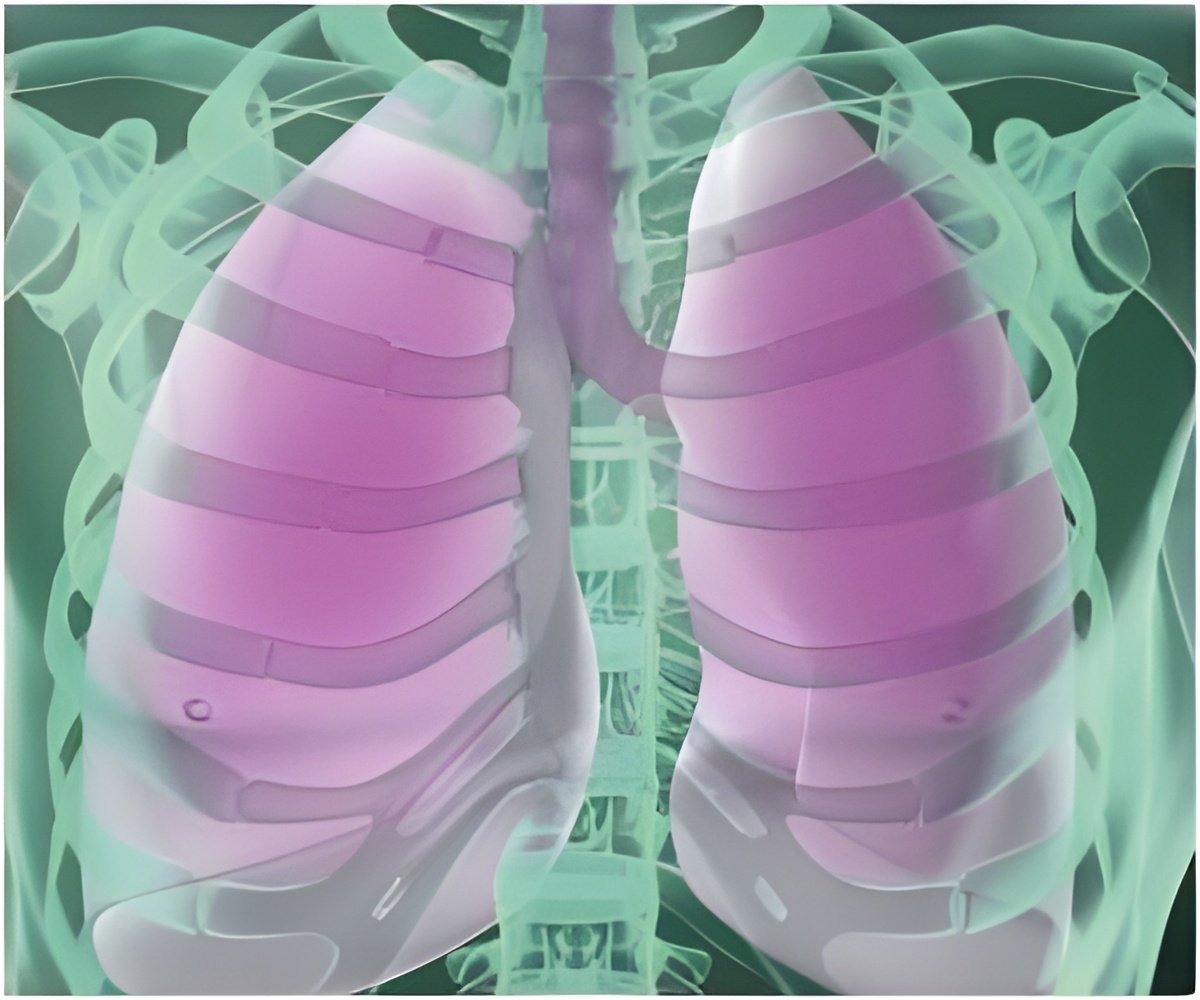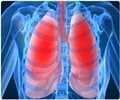
Their concerns are being fuelled in part by data gathered by the US embassy in Beijing, which produces its own pollution readings using a different gauge to Chinese authorities and broadcasts them online and on Twitter.
In late October, when a thick grey smog blanketed much of northern China, causing six highways to be closed and more than 200 flights to be cancelled or delayed in Beijing, the US embassy rated the capital's air as "hazardous".
But the official data, which measure only larger particles in the air, ranked the pollution levels much lower, calling them "slight" -- leading some people to suspect the government was deliberately underplaying the issue.
"For a quarter of the year, we can't see beyond 500 metres (yards) and the government shamelessly declares that air quality is good," said one critic on Sina's weibo, a hugely popular microblog. "Can't they tell us the truth?"
Even the state-run Global Times newspaper waded in, asking the government to "avoid confusing information".
Advertisement
However, it says the change will only be fully implemented in 2016.
Advertisement
The change would involve releasing PM2.5 data, the system currently used by the US embassy that measures levels of particles 2.5 micrometres or smaller.
Scientists say Beijing's pollution is mostly caused by these smaller particles, which are deemed more dangerous to health as they can pass through smaller airways and penetrate deeper into the lungs, and even into the blood.
According to the state-run China Daily, if the US standard was adopted nationwide, only 20 percent of Chinese cities would be rated as having satisfactory air quality, against the current 80 percent.
However, Yu Jianhua, head of the air pollution department at the capital's environmental protection bureau, told AFP the city's official data and the US measurements could not be compared.
"US embassy readings.... are taken from one single observation point every hour, while ours are collected from a network of 27 stations throughout the city, and calculate an average over 24 hours," he said.
Interviewed on a morning of thick smog, Yu blamed "humidity and a lack of wind that have lowered air quality" during Beijing's normally sunny autumn.
Authorities in Beijing had, he said, already taken steps to battle the main causes of pollution -- cars, factories, construction sites, coal-fired plants and domestic heating.
In 2008, when huge clean-up efforts took place ahead of the Beijing Olympic Games, there were 274 days of "good air quality" according to official figures -- a figure that increased to 285 in 2009 and 286 in 2010, he said.
"In the past few years, air quality in Beijing has continuously improved," he added.
"We have reduced coal combustion in heating and factories, raised vehicle emissions standards and scrapped 150,000 old cars this year. We also spray water on construction sites to bring the particulates to the ground."
But Zhou Rong, a climate expert at Greenpeace, said pollution in Beijing was "much more serious than in Shanghai or (the southern city of) Guangzhou."
"Beijing is not as close to the sea as Shanghai and Guangzhou and doesn't get so much rain, which is very helpful to clear the pollution," she said.
"It is also surrounded by a bunch of provinces burning lots of coal."
Added to this, the number of cars on Beijing's roads is increasing by around 250,000 a year, on top of the five million already registered.
Gu Haitong, deputy head of the respiratory department at Beijing's Tongren hospital, said he had seen a marked increase in patients in recent months.
"Normally, I see between 20 and 30 people with respiratory problems every half-day, but since October, I have seen 40 to 50," he told AFP. "Asthma is on the rise in Beijing."
The number of lung cancer cases has increased by 60 percent over 10 years and the disease has become the first cause of death in the Chinese capital.
While high smoking rates are the main cause, there are fears it is being exacerbated by pollution.
"Pollution is going to become a major health problem within 10 to 20 years," Gu said.
Greenpeace's Zhou said she hoped the PM2.5 standard would be implemented sooner than planned. "We think that 2016 is too late," she said.
She acknowledged that the new standard would result in local governments being able to class fewer days as "good" from a pollution standpoint.
"It could (also) create panic... But we think the public has the right to know what exactly the air condition is," she said.
Source-AFP








